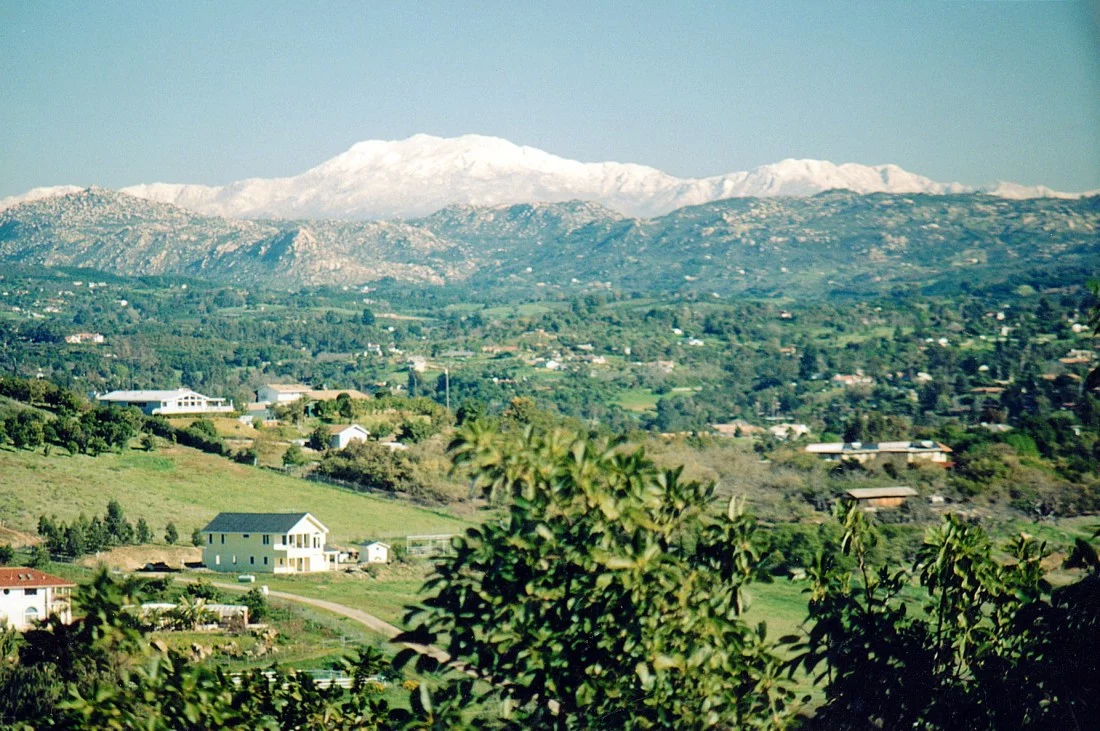About Fallbrook

Fallbrook, CA
Known as “The Avocado Capital of the World”, Fallbrook has many avocado groves that thrive in its climate weather. Avocado trees grow well in the average year-round temperature of 61 degrees, and the hilly topography of Fallbrook, it makes for well-draining soil. Strawberries, tomatoes, and many other subtropical fruits, vegetables, and flowers are grown due to its ideal frost-free climate.
Fallbrook’s downtown is not connected to any major freeways, but Interstate 14 or State Route 76 is within a few miles of the city center. Immediately west of Fallbrook is the U.S. Marine Corps’ Camp Pendleton, one of the largest marine Corps bases in the US.
The first settlers of the Fallbrook were the native Payomkawichum and later named the Luiseno by the Spanish. The first recorded permanent recorded settlement of Fallbrook was in 1846 by Ysidro Alvarado at Rancho Monserate. Rancho Monserate was a 13,323-acre grant from the San Luis Rey River and Bonsall to Stagecoach Lane and the Palomares house to the North to Mission Road to the west to Monserate Mountain to the east.
Fallbrook was named after Canadian immigrant Vital Reche and his family settled in the area now known as Live Oak Park. The family named it Fall Brook after their former homestead in Pennsylvania. Reche Road, named after the family, is a nearly 4-mile road that starts at Stage Coach Lane connects with Live Oak Park Road, and ends at Old Hwy 395. The Reche Schoolhouse is still standing today. Built-in 1896, is was renovated in 2016 and serves the community as a location for weddings, meetings, and other social events.
